15 vs 16.5 Fairway Wood – What Degree Wood Should I Use?
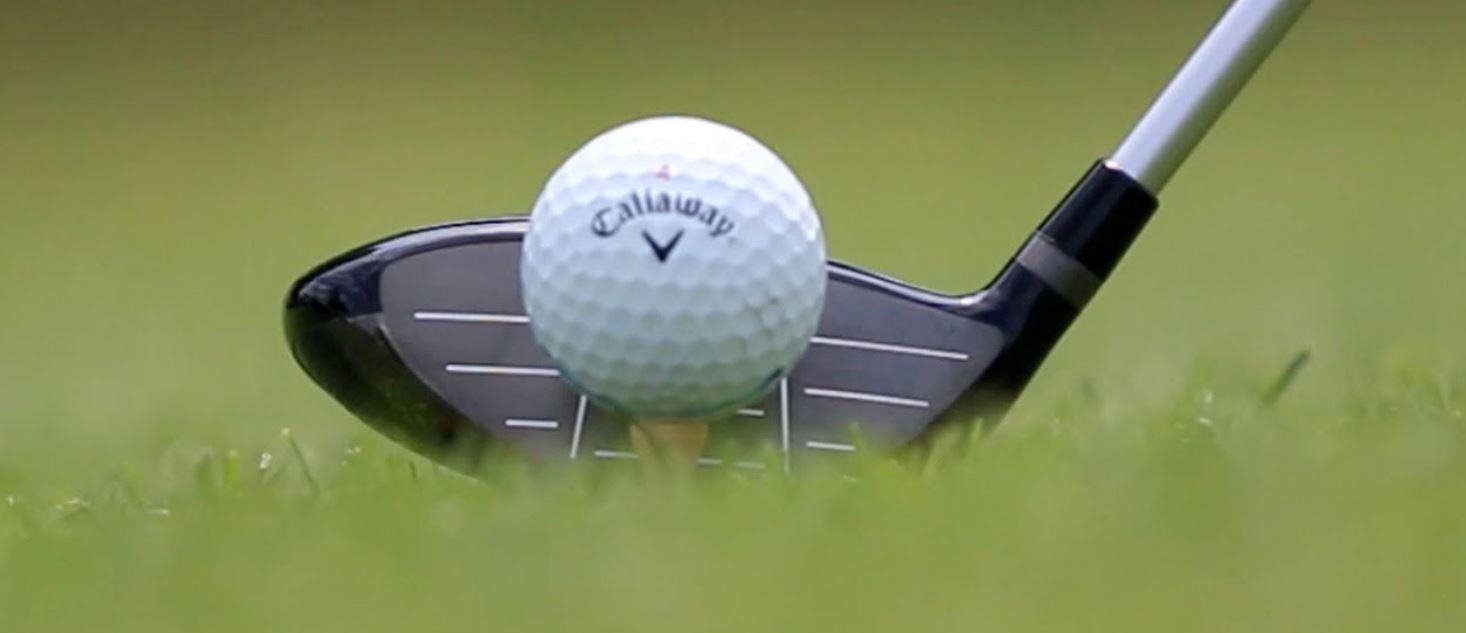
According to Wishon Golf Fitters, your loft is 85% of the reason that you hit each club in your bag a different distance. They also believe that the length of your shaft accounts for the remaining 15%.
Those statistics got me thinking, and I wondered how different the results would be if I used the same club with a 1.5-degree variation between lofts.
So, in this post, we are looking at 15 vs 16.5-degree fairway woods. I will explain how each affects your performance and which wood is best suited to your game.
Intro To The Different Degrees of Lofts In Different Woods
Your woods are the longest clubs in your bag, both in composition and performance.
The wood that has the strongest loft is a driver, which is also the club you can hit the furthest off the tee with. As we move on to the 2-wood and down through to the 7-wood, the loft weakend, and your distance is shortened.
How Is Loft Going To Affect The Fairway Wood Performance?

The weaker the loft of your club is, the easier it will be for you to get the ball airborne. However, depending on your clubhead speed, loft can have a varying impact.
For example, players with driver swing speeds below 90 mph may struggle to generate sufficient spin or height on their shot to maximize their carry and overall distance.
The ease of launch with weaker lofted woods may be disadvantageous to players with faster, more powerful swings. They may generate excessive spin and height with fairway wood that will result in ballooned long shots, a loss of distance, and frustrating days out on the course.
What Loft Will Each Wood Have Typically?
Further to my introduction on the different degrees of loft on different woods, I have put together a list of the standard degree of loft on each fairway wood. Of course, these do vary depending on the preference of the player.
Club |
Degree of Loft |
2-wood |
12 |
3-wood |
15 |
4-wood |
17 |
5-wood |
18-19 |
7-wood |
21 |
9-wood |
23 |
11-wood |
25 |
Who Will Benefit Most From A 15 Degree Wood?
If you have the fortune of swinging a driver over the 100 mph mark, then I would say you would probably be able to crush a 15-degree fairway wood.
The strengthened loft will help you to generate the right amount of spin and offer a consistent ball flight. Anything higher than this may give you too much spin and height resulting in ballooned shots and a loss of distance.
Who Will Benefit Most From A 16.5 Degree Wood
Those of you who struggle to generate enough spin and ball speed may want to consider a 16.5-degree wood.
The weakened loft will assist you with getting your ball in the air, and achieve consistent carry and distance.
Are 14 Degree Woods Any Good?
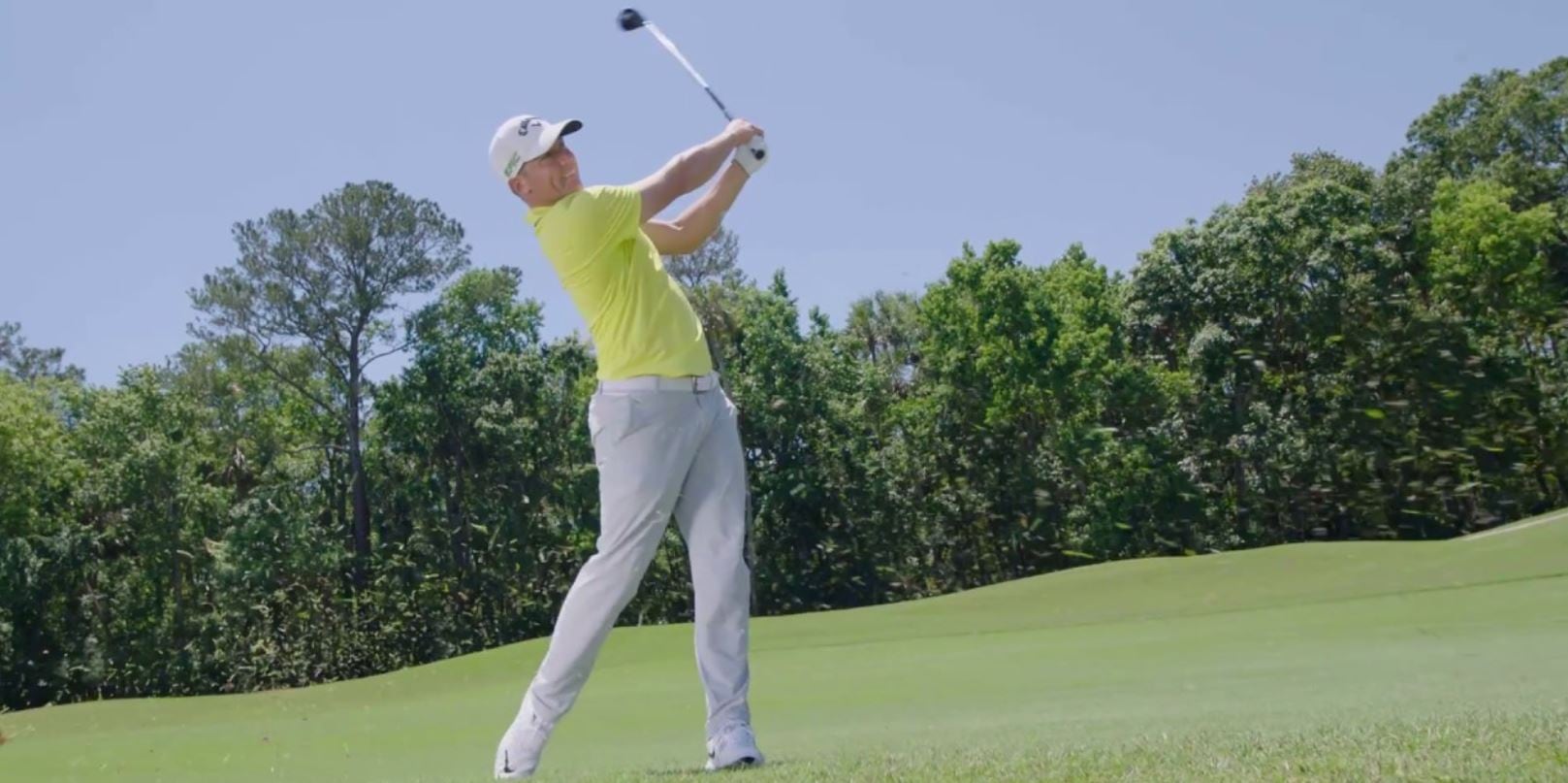
It depends on who you are asking, but 14-degree woods are an excellent club to bridge the significant distance gap we often experience from driver to 3-wood. In essence, a 14-degree fairway wood is a weakened 2-wood or strengthened 3-wood. ‘
The strengthened loft of a 14-degree wood typically provides a lower flight, but the positive is that it offers more roll. If you play on courses that are drier than the Sahara, more roll will give you an added advantage on longer holes. However, players that struggle to get a standard 15-degree fairway wood airborne will not get the most out of these clubs.
Are 16 Degree Woods Any Good?
According to Golf Digest’s Michael Johnson, many “tour pros have found that woods with lofts of 16 degrees and weaker, help to bridge the gap between them and our longest irons.” Johnson further notes that the longest fairway wood of 15% of PGA tour golfers, is 16 degrees and higher.
Besides the stamp of approval from professionals, the 16 degree is an ideal loft for the average golfer. It is effectively a weakened 3-wood or a strengthened 4-wood. The club makes it easy to get your ball in the air, and you will enjoy a more consistent carry distance.
Overall, if you struggle with height and distance with a standard 3-wood loft consider a fairway wood with a 16 or 17-degree loft.
What Should You Be Looking For In Fairway Woods?
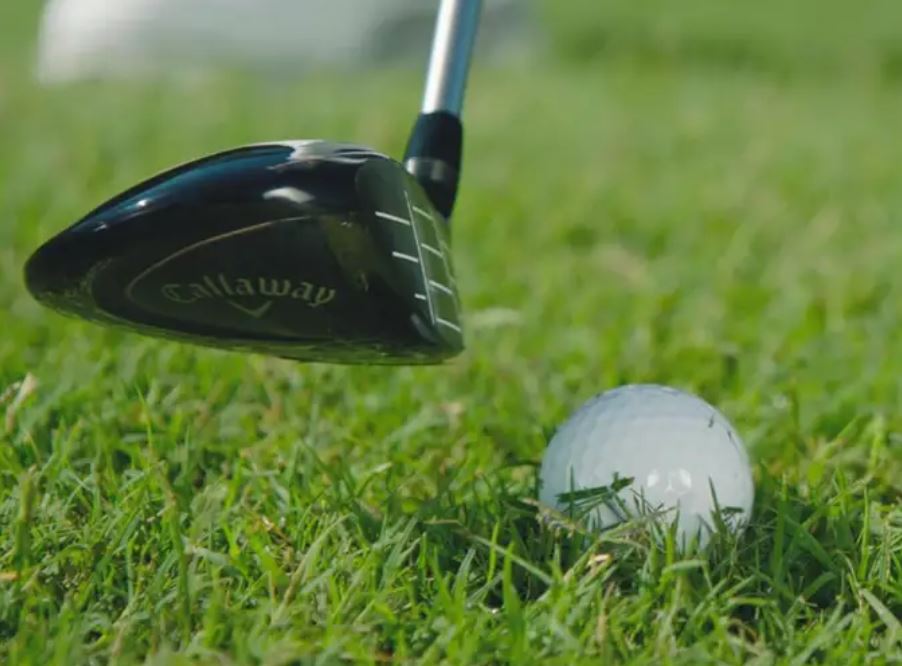
When shopping for a new fairway wood, there a variety of factors to consider before making your final decision. I have put together a list of the most important elements to look for in a fairway wood.
Loft
It is advisable to take advantage of any assistance you can get. One such area to consider is the degree of loft. The lower the loft of your fairway wood is, the more difficult it is to get the ball in the air, which will cost you distance.
It is for this reason that Golf Digest’s Mike Stachura recommends that you pick a wood with a higher loft than the standard 15-degree 3-wood options available at your local golf store.
I would go one step further to suggest that higher handicaps may consider a 16.5 or even 17-degree fairway wood.
Head Size
The head size of your 3-wood will have an impact on forgiveness and the ability to use it in varying lies.
Larger clubheads will offer more forgiveness. However, they make it challenging to cleanly strike a ball from unpleasant lies.
Shaft
If you do not have the right shaft flex and weight for your swing, you will not realize the full potential of your fairway wood. Golfers with faster swing speeds may typically contemplate a stiff shaft for their fairway woods.
While slower swingers ideally look to a more flexible option to give them that extra whip on their downswing. That helps to generate accelerated clubhead speed and transfer of energy from the clubface to the ball at impact.
Here is a guideline of the type of fairway wood shaft that best suits your swing speed:
How Important Is Swing Speed?
Swing speed is an essential element when it comes to distance. Through intensive swing speed training, Bryson DeChambeau has demonstrated that accelerated swing speeds can help you achieve phenomenal distances.
In the 2021 Arnold Palmer Invitational, he crushed a 377-yard drive on the 555 yard par-5, leaving himself an easy wedge in.
What is equally as important as swing speed is the weight of your clubhead and shaft, as well as the flex. In a study conducted by Golf Digest, they found that more than half of the participants were falling short by 30 yards of their optimal distance. The reason for this was due to incorrect club weights, and shaft flex, and weight.
True Spec Golf fitters released data on the shaft flexes that performed best for each swing speed bracket. Below is a guideline of what shaft flex to consider for your fairways.
Swing Speed With a 3-Wood |
Flex Type |
>101 mph |
XS |
93 -97 mph |
S |
84 – 93 mph |
R |
70 – 80 mph |
A |
<70 mph |
L |
What Are Our 3 Favorite Fairway Woods
Callaway Mavrik Fairway Wood
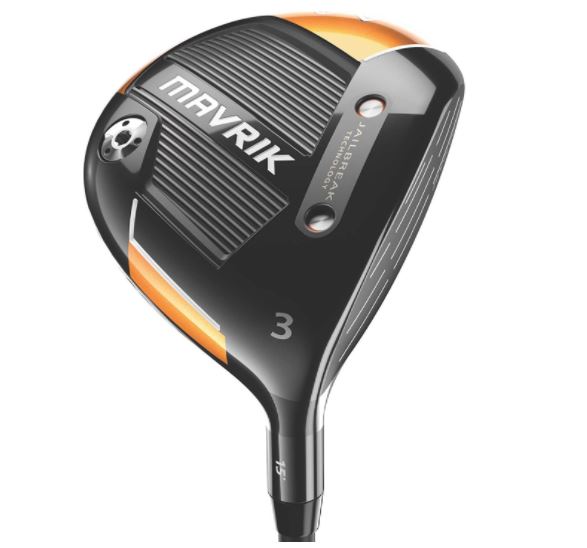
Key Features:
- Callaway combined Jailbreak + Face Cup + T2c Carbon Crown to provide accelerated ball speed and forgiveness
- The clubhead consists of a unique leading-edge geometry design for easier launch
- CG is placed low and back to deliver a higher launch.
Pros
- Forgiving
- Promotes faster ball speeds
- Provides consistent distance
- Makes it easy to get the ball airborne
- Ideal for high handicappers
Cons
- Large clubhead may not appeal to better golfers.
Overall Score: 96/100
Check Out More Reviews:
King F9 Speedback Wood
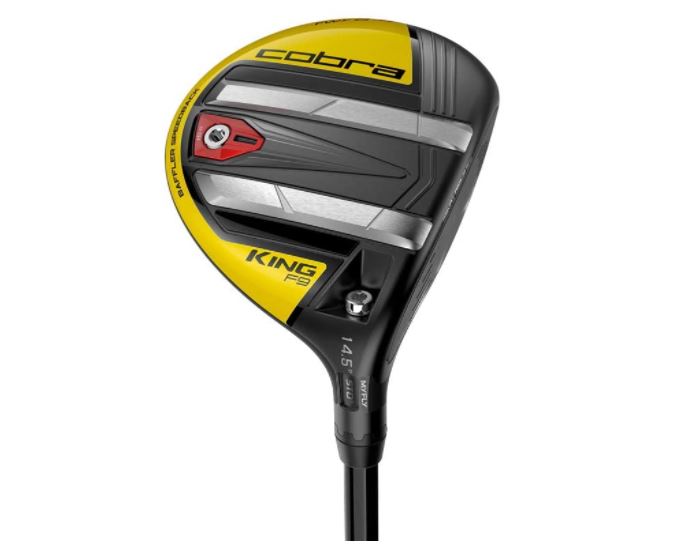
Key Features:
- Milled clubface for precision
- E9 Speed technology produces consistent spin, ball speed, and launch
- The top of the face is more curved than the bottom to promote a higher launch.
Pros
- Delivers enhanced ball speeds
- Amplified turf interaction
- Delivers consistent distance
- Makes it easy to get the ball airborne
- Best suited to high handicappers
Cons
- Not suitable for players looking to shape their shots
Overall Score: 95/100
Check Out More Reviews:
Taylormade Sim Max Fairway Wood
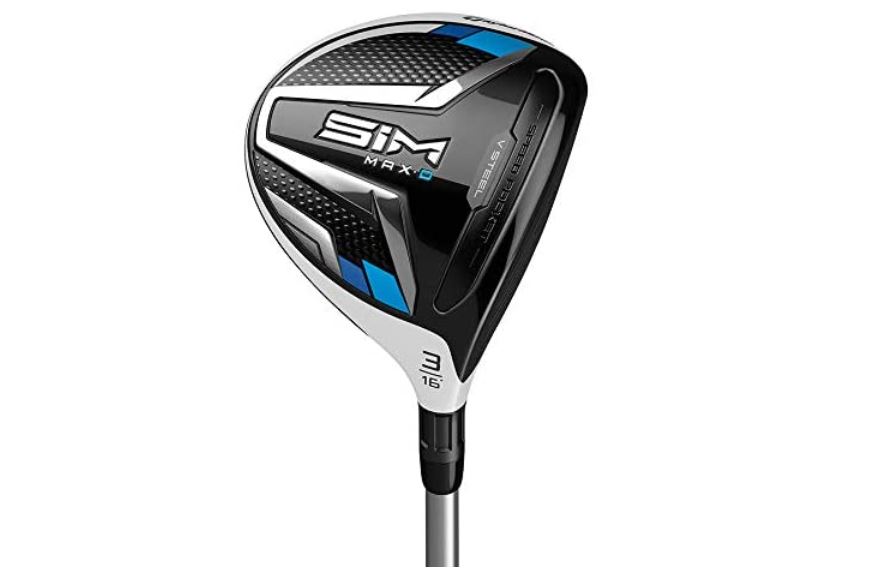
Key Features:
- Lower CG
- V-Shaped sole plate minimizes friction with the ground.
- Twist face technology counters against high toe and low heel mishits.
Pros
- Helps the clubface to strike the ball squarer at impact
- Reduced friction makes it easy to strike shots off the deck
- Delivers high launch
- Provides accelerated ball speed
- Best suited to high handicappers
Cons
- The straighter flight is generally not attractive to lower handicapped players.
Overall Score: 98/100
Check Out More Reviews:
Conclusion
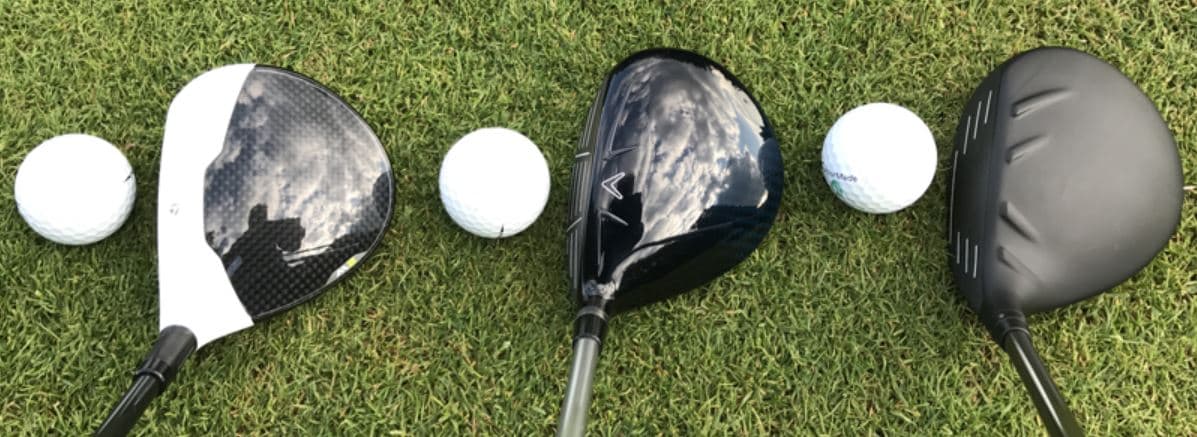
In our review of 15 vs 16.5-degree fairway woods, it is clear that weakened lofts are best suited to the average golfer. While the standard degree of loft on a 3-wood is 15 degrees, most players will yield more success with a higher degree of loft.
If you are currently looking for a new set of fairway woods, and are looking for distance, forgiveness, and accuracy I recommend taking a look at the Callaway Mavrik Max.



